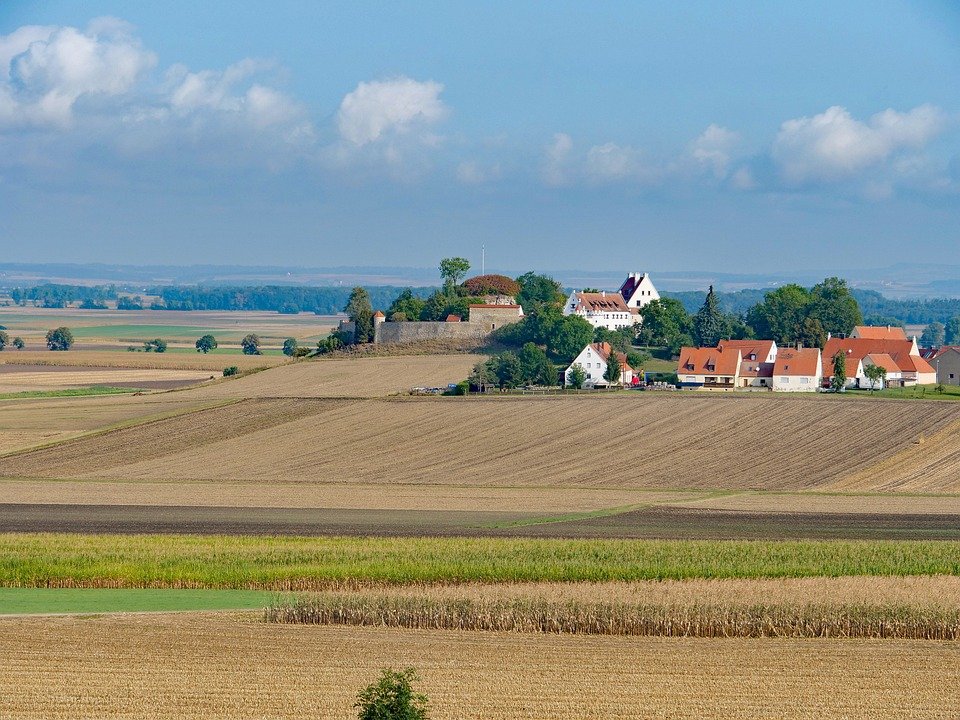[ad_1]
How Smart Land Planning Can Help Mitigate Climate Change
In recent years, the need to reduce the effects of climate change has become increasingly urgent. A major contributor to global warming is land-use changes, including deforestation, urban sprawl, and agricultural practices. Smart land planning can help mitigate the effects of climate change by reducing carbon emissions, conserving natural resources, and improving land use practices.
Reducing Carbon Emissions
Smart land planning can help reduce carbon emissions by encouraging more efficient land use and transportation. For example, land use plans can promote more compact developments that reduce the need for cars and roadways, which in turn decreases air pollution and carbon emissions. Additionally, land use plans can promote sustainable agricultural practices, such as agroforestry, which can reduce carbon emissions by increasing soil carbon storage and reducing the need for synthetic fertilizers.
Conserving Natural Resources
Smart land planning can also help conserve natural resources by encouraging more efficient use and protection of land. For example, land use plans can promote the protection of natural areas, such as forests and wetlands, which provide essential habitat for wildlife and absorb carbon dioxide. Additionally, land use plans can promote renewable energy sources, such as wind and solar, which can reduce the need for fossil fuels and help conserve natural resources.
Improving Land Use Practices
Smart land planning can also improve land use practices by encouraging more sustainable development. For example, land use plans can promote green infrastructure, such as green roofs and rain gardens, which can reduce runoff and improve water quality. Additionally, land use plans can promote urban farming, which can reduce food miles and improve access to fresh produce.
Conclusion
Smart land planning is a powerful tool for mitigating the effects of climate change. Through more efficient land use, conservation of natural resources, and improved land use practices, land use plans can help reduce carbon emissions, conserve natural resources, and improve land use practices. By taking advantage of these strategies, we can work together to reduce the effects of climate change and create a more sustainable future.
[ad_2]


